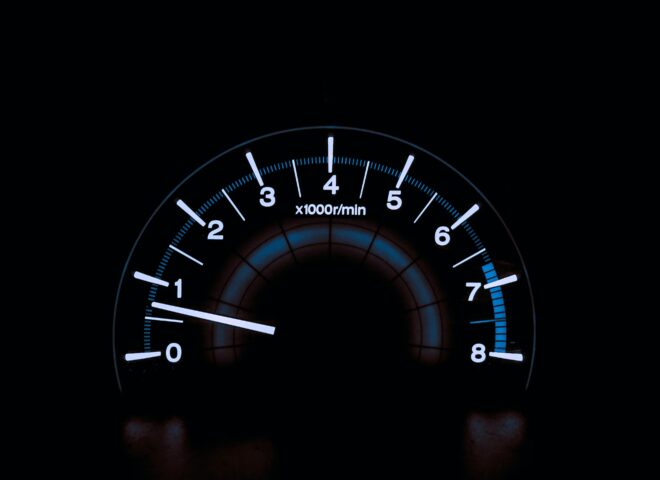Static vs dynamic website for your startup
When it comes to starting a business, a website is an absolute must no matter what field you are in. When tackling this important step at the very beginning of your startup journey, you’ll be faced with a choice – a static or dynamic website.

Photo by Sean Stratton
What is a static website?
A static website is built up of static assets (as the name suggests). This means the content is written directly into a HTML page which loads in CSS stylesheets. JavaScript can also be loaded to add more interactivity. Just because a site is interactive, does not mean it’s not a static website.
Benefits of a static website for startups:
- Reduced server complexity, and cost. Static websites require almost no server configuration and hosting providers often provide a cheap, out of the box solution that lets you put your files on a server and start showing your new website to the world.
- Improved load times. As there should be no complex logic involved in your static website, the pages should load almost instantly. It’s important to note that large images and a lot of JavaScript can impede this.
- Relative ease of creation. As static sites can be written in just HTML and CSS, the skill set required to build these sites is very low. To save even more cost you could consider learning how to build one yourself.
What is a dynamic website?
A dynamic website renders dynamic content from one or more sources. They are written in scripting languages like PHP or JavaScript (Node). Dynamic websites serve data to the end user on the fly meaning it can change any time.
Benefits of a dynamic website for startups:
- Allows for more complex websites. If you want (or will want) to perform more complex tasks such as run an ecommerce store then your website will have to be dynamic as there will constantly be data changing – e.g. stock count.
- Easier the manage. Dynamic websites are almost always powered by a Content Management System (CMS). This will allow you to make content changes to your website whenever you wish and with no HTML knowledge required at all. However it is worth mentioning that a CMS won’t let you drastically change the layout of your website.
- Improved flexibility. Dynamic websites are constantly changing. This means that if you want to release a new article or change some content you can do so and the next time someone visits that page they will see the changes without altering any code. Static websites will be the same until the HTML is changed.
So dynamic or static, what would I choose?
If I were to build a website for a startup today, I wouldn’t choose static. But I also wouldn’t choose dynamic. Although it sounds too good to be true, there is actually a solution that (in my opinion) offers the benefits of both approaches. Static site generators like Gatsby offer a way of using a CMS to power a static website.
Gatsby generates static HTML pages from dynamic content during the build process. With some clever deployment steps you can have Gatsby re-build the static HTML files when changes are made to the CMS, meaning you get the fast page loads of a static website and the flexibility of using a CMS.
Static site generators are not the perfect solution as they require a more complex setup which will ultimately end up costing more, financially and in time. However the quality of the end product is absolutely worth the additional investment.



